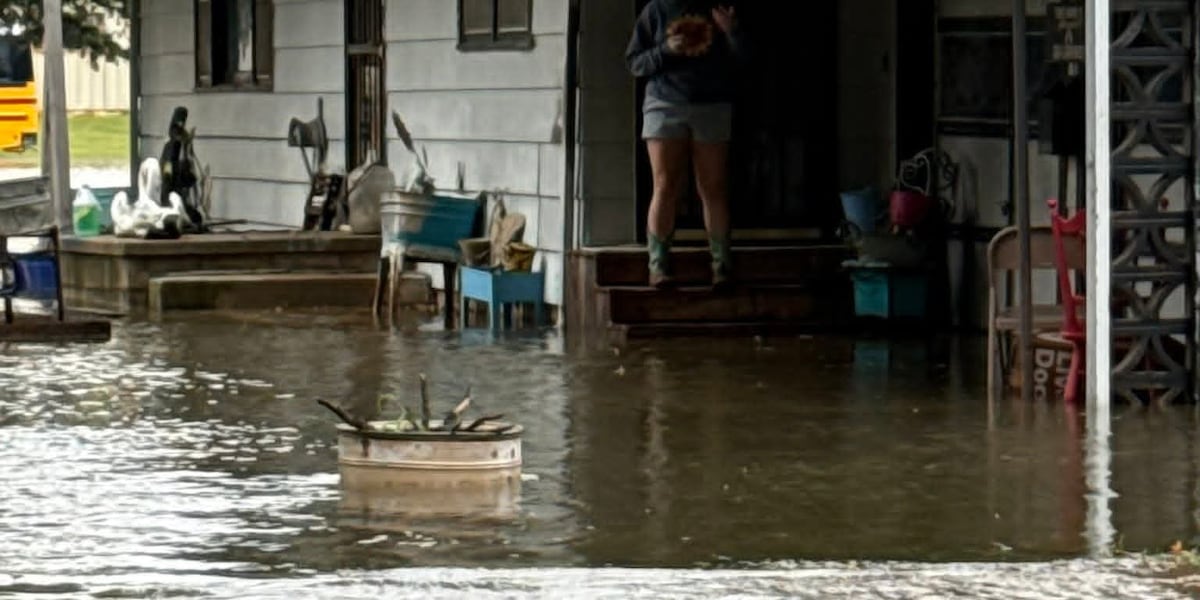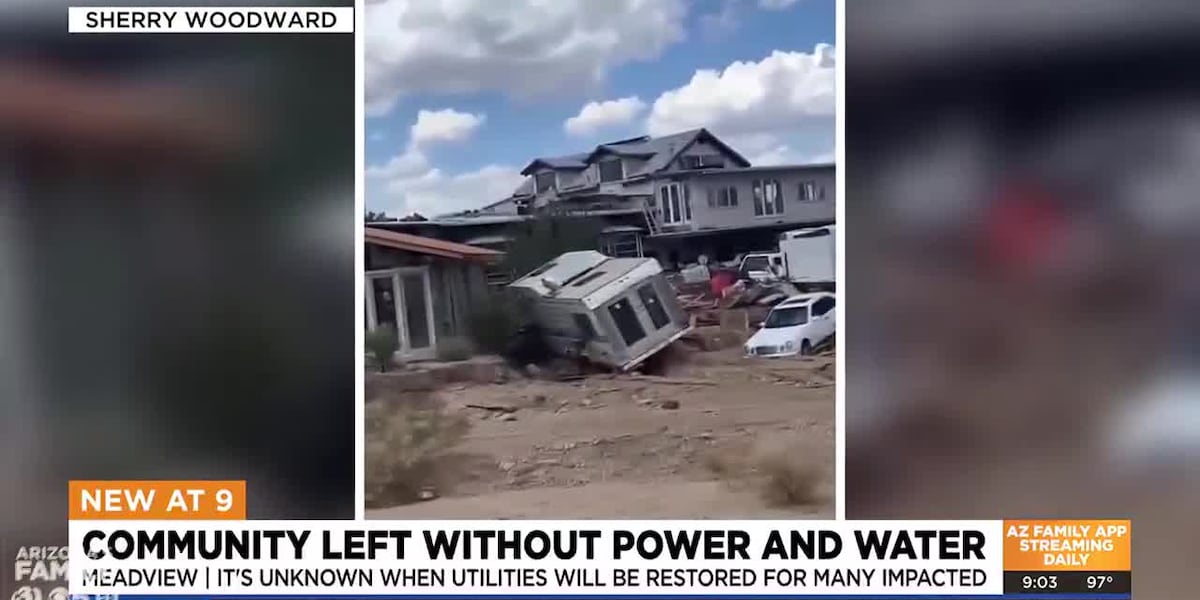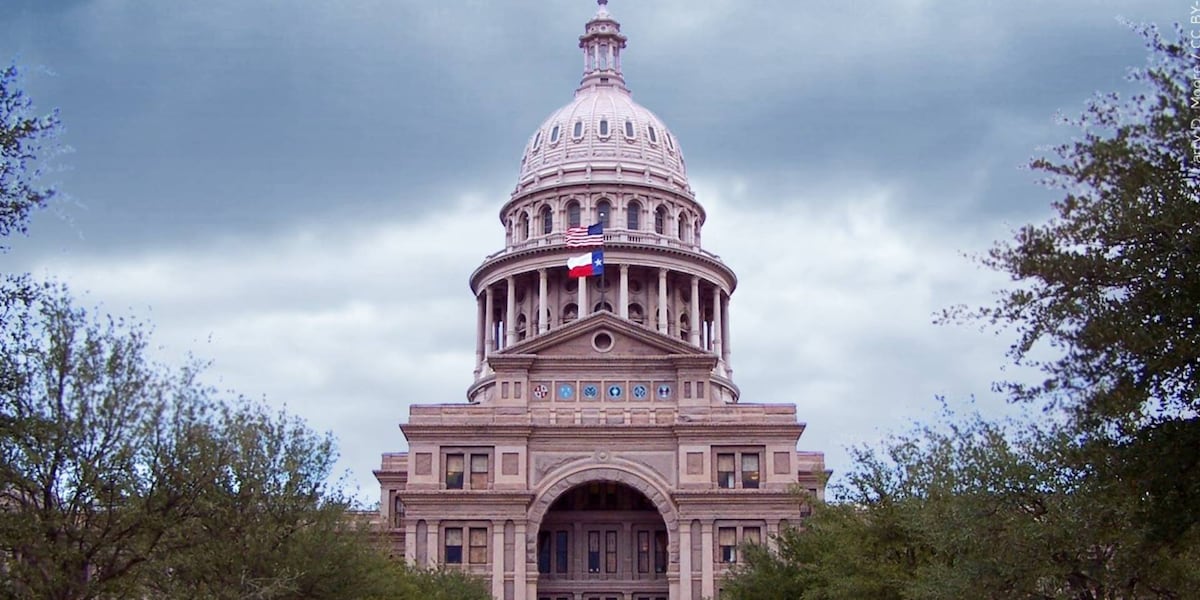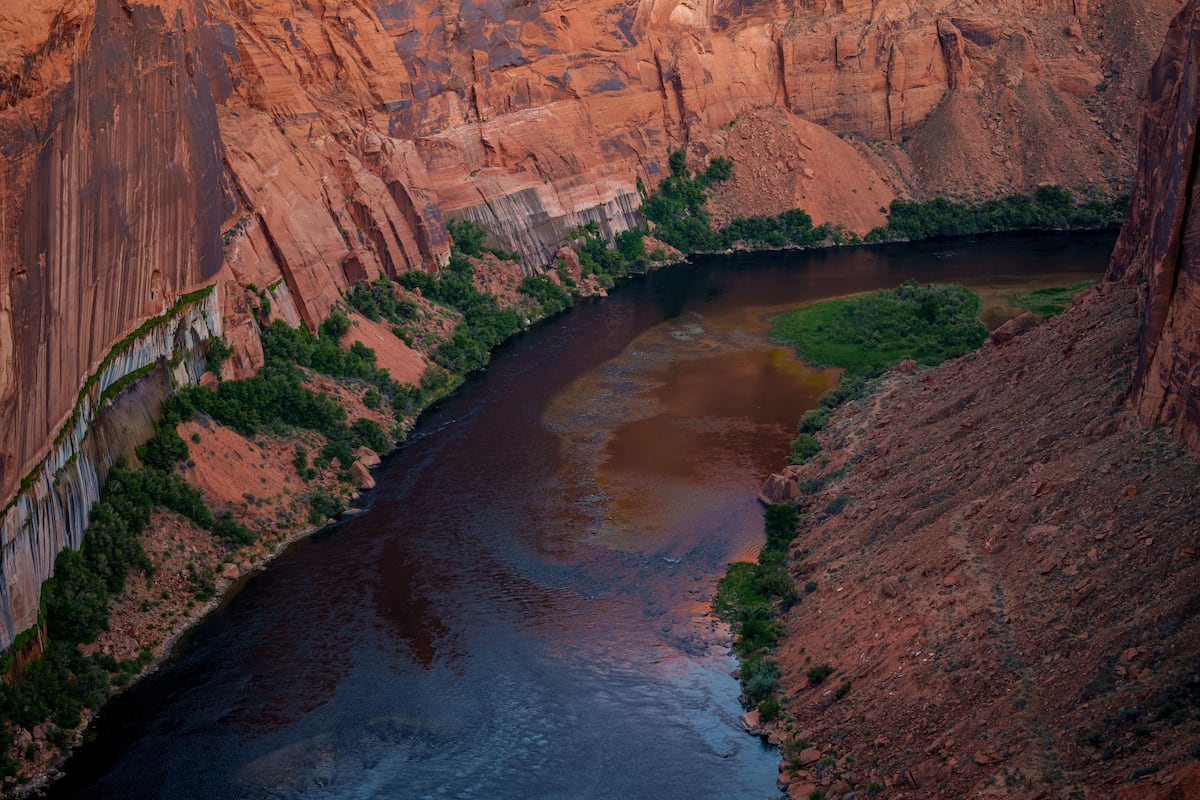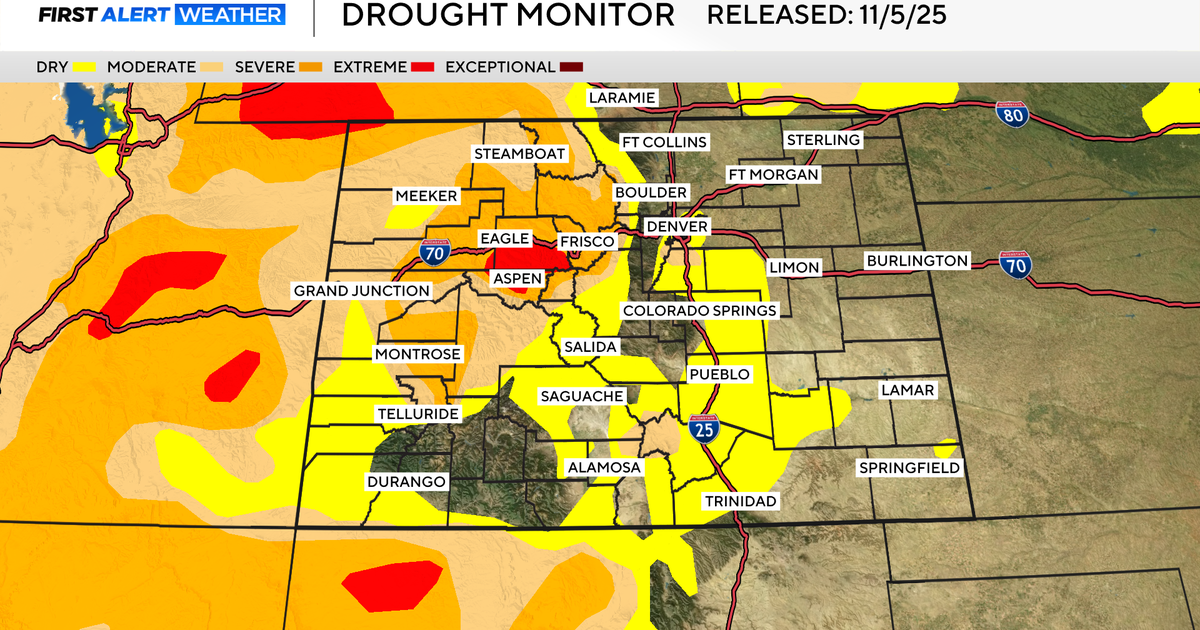After months of tense negotiations, Utah and six other western states are running up against the clock to broker a deal over the drought-stricken Colorado River.
The federal government gave the Colorado River Basin states a Nov. 11 deadline to reach an agreement on how to manage the water supply for 40 million people after the current guidelines expire next year. If they fail, the federal government may come up with a plan for them.
“We’re making steady progress on key issues the federal government has identified, aiming to reach broad alignment by November 11—even if the finer details come later,” Gene Shawcroft, Utah’s Colorado River commissioner, said in a statement. “If we can get there, it may allow the states to retain control of the process and avoid federal intervention.”
The states are still struggling to reach a consensus on key sticking points, though, and Arizona Gov. Katie Hobbs on Wednesday called on the Trump administration to “step in, exert leadership and broker a deal,” the Arizona Daily Star reported.
Hobbs said the Upper Basin states have held an “extreme negotiating position” in refusing to agree to cuts on their share of the river.
“Without consensus among all seven states, Interior’s management options would be more limited and less beneficial than what could be achieved through a collaborative approach,” a spokesperson for the Interior Department said. “We are optimistic that, through continued collaboration and good-faith efforts, the seven states can develop the level of detail and consensus needed to meet the initial November deadline.”
(Trent Nelson | The Salt Lake Tribune) Rafts on the Colorado River as seen from Navajo Bridge in Ariz. on Tuesday, May 20, 2025.
The river and its upstream tributaries are the lifeblood of the U.S. Southwest and northern Mexico. It supports farms, 30 federally-recognized tribes, habitat for endangered fish and booming metropolises from the Wasatch Front to Phoenix.
The critical waterway is being stretched thin, though, and has been dwindling as hot and dry conditions have plagued the Western U.S. for the past two decades. The entire Colorado River Basin was in drought this year, with large chunks in extreme or exceptional drought, according to the U.S. Drought Monitor.
“We’re in just a very dry period over the last 20 years,” said Mark Stilson, the principal engineer for the Colorado River Authority of Utah.
What states are negotiating
For over a century, the states across the Colorado River Basin have managed the river according to the Colorado River Compact. That law divided the region into the Upper Basin — Colorado, New Mexico, Utah and Wyoming — and the Lower Basin — Arizona, California and Nevada.
The compact did not account for the historic drought the region has been experiencing, though. The states and Interior adopted temporary guidelines in 2007, 2019 and 2024 that implemented increasing cuts to lower basin states as water levels at Lake Mead drop.
Those agreements expire at the end of 2026, though, and states are now working on a new agreement to manage the river during years of low flows.
Tensions have flared, particularly over one major sticking point: who takes cuts during dry times.
“We need to figure out a way to withdraw less water over the long term from the Colorado River … and fundamentally it comes down to sharing the pain of shortage,” said Sarah Porter, director of the Kyl Center for Water Policy at Arizona State University.
The argument over water cuts
Because Lower Basin states have agreed to take cuts during times of shortage, they argue Upper Basin states must agree to reduce their use, too.
Utah and its Upper Basin neighbors have said that they already reduce their water use each year based on the actual flows of the river. “We scale water use according to the water availability every single year, every week of the year,” said Michael Drake, deputy state engineer at the Utah Division of Water Rights.
While Lower Basin states fall downstream of the country’s two largest reservoirs, Lake Powell and Lake Mead, many upstream communities lack such long-term water storage and must adapt according to snow runoff.
(Trent Nelson | The Salt Lake Tribune) Glen Canyon Dam in Page, Ariz., on Monday, May 19, 2025.
“We’re always on the brink of disaster, so to speak, if we don’t have good winters,” Stilson said.
Utah’s state engineer has the power to cut water rights when needed. Those with the newest, or most junior, water rights receive cuts first. But even farmers with some of the oldest rights in the state have had to reduce use.
“In Utah, even the 1860 rights were cut by 30 to 40% this year,” Shawcroft said at a meeting of the Upper Colorado River Commission in September.
In neighboring Colorado, the Dolores Project, which provides water to the Ute Mountain Ute Tribe, received a 70% cut, and the Ute Farm and Ranch Enterprises operated on a 50% supply, Becky Mitchell, the Colorado River Commissioner for Colorado, said at the UCRC meeting two months ago.
While some water users have faced cuts in dry years, researchers have found that the Upper Basin has actually used more water in dry years.
“I just don’t think the claim of these shortages being taken is a legitimate claim,” said John Fleck, a writer and member of the Colorado River Research Group that conducted the study. “It misstates the hydrologic reality of the way water is moved around in the Upper Basin.”
The four northern states used an average of 4.6 million acre-feet of Colorado River water per year from 2016-2020, according to a Bureau of Reclamation report. That’s roughly 3 million acre-feet short of their annual allotment under the compact.
(David Condos | KUER) Farmer and rancher Coby Hunt stands next to idle irrigation equipment in one of his fields near the town of Green River, Aug. 19, 2024. Utah has launched a new program that will pay producers to leave their fields empty, as Hunt has done, and leave their irrigation water in the Colorado River system.
What matters to the Lower Basin, though, is how much water flows downstream to their states. As part of the original compact, the Upper Basin is required to “not cause the flow of the river” at Lees Ferry to fall below an average of 7.5 million acre-feet over a 10-year period.
“We’re perilously close to the point where the Lower Basin will assert that the Upper Basin has not delivered the amount of water that it’s required to under the compact and all of the related agreements,” Porter said. “It’s hard to imagine that unless we have a new agreement, this won’t occur in the next couple of years.”
The tense debate boils down to whether or not the Upper Basin has a “non-depletion obligation” or a “delivery obligation,” Porter added.
If the compact just requires the Upper Basin states to not deplete the river, then they may be able to make an argument that forces such as climate change are causing the reduced flow. If it’s a delivery obligation, then Utah and the three other states may have to cut their own use to make sure the Lower Basin’s and part of Mexico’s allocation flows past Glen Canyon Dam.
The different interpretations are at the crux of what states are hashing out right now.
“When we get less water, it makes it harder for us to be able to honor those commitments in the future,” Stilson said. “And that’s the heart of what the negotiations are about.”
The reality of the river
If negotiators were to agree on cuts for the Upper Basin, Utah’s cities and agricultural communities may not be too happy about having to reduce their water use for farmers and booming metropolitan areas downstream. “[Farmers] struggle with closing down their farms in favor of farms down in California and Arizona,” Drake said.
Lower Basin states have made strides in cutting use, though. The Lower Basin historically used their full allotment of the river, even going beyond their full share at times. But recent data compiled by Fleck shows that those states are projected to cut their take of the Colorado River down to 5.9 million acre-feet in 2025, the lowest level since 1983.
“You have seen these … really significant reductions in water use, and the economies of these communities just keep chugging along,” Fleck said. “Even if you look at the agricultural productivity in places like Imperial, Yuma, they’re doing great with less water.”
While communities would prefer to not cut their water use, Fleck said, desert cities and farms can survive with less. “The alternative is not acceptable,” he added.
(Trent Nelson | The Salt Lake Tribune) Lake Powell near Glen Canyon Dam in Page, Ariz. on Tuesday, May 20, 2025.
Climate change projections show the Colorado River will continue to have less than it did when the seven basin states negotiated the compact over a century ago. While the current drought has been referred to as a “crisis,” Porter said that word has become overused and “doesn’t have any meaning anymore.” The real crisis may be how managers respond to the new water reality.
“It’s been recognized for a very long time that essentially the Colorado River is over allocated, and that we were going to drive down the reservoir levels. … Where we are now is because the states can’t come to agreement,” Porter said.
If the states reach consensus by Tuesday, they will have until mid-February to hash out the finer details of a plan, according to the Bureau of Reclamation.
“Utah remains fully committed to defending every drop of Colorado River water to protect our communities and water users,” Shawcroft said, “and we’re hopeful that the Basin States can unite around a workable framework before the February deadline.”




